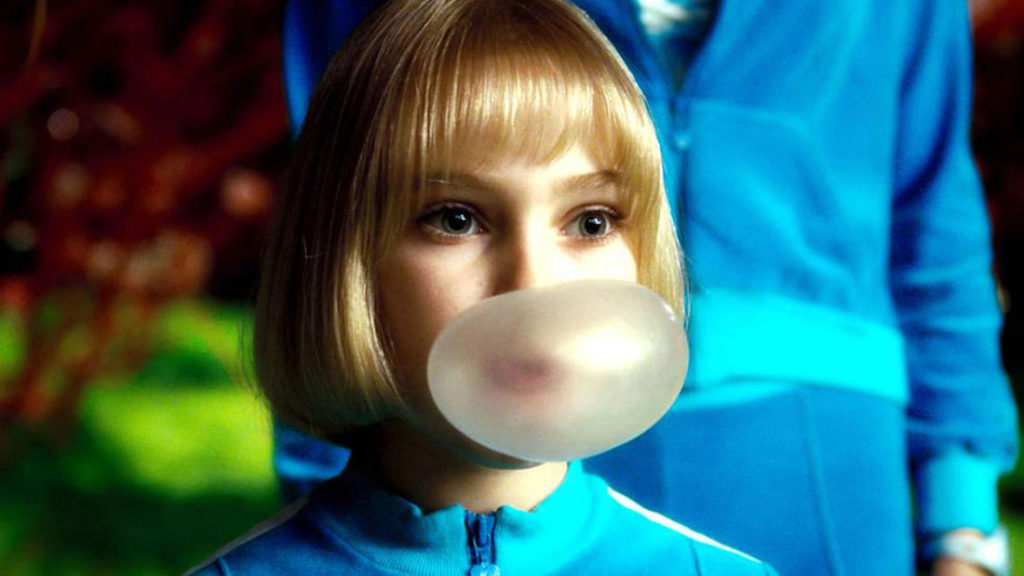Characterization is hard, but here are some ideas on how to describe your characters in unique ways.
A lot of people say what they’re about: they tell you about their values, they tell you what their goals are in life, and they sure as hell can’t wait to tell you what they’ve achieved lately. But, as every writer knows, talk is cheap. What counts when looking at a person is the things that remain unspoken.
Aside from ponytails, beards, a bright pair of brown eyes, or a scar across their face, other things can describe a character without them speaking. Those nonverbal ways of communicating a character’s personality and such are invaluable when dialogue is scarce (or when it should be), so pay attention!
Posture and How They Carry Themselves
While not everything about a physical appearance needs to be said, there are a few visible traits that carry some significance depending on the character you’re describing.
When first introducing a new person to your story, think about how they carry themselves. Not every character will require this thought, of course, but major ones often do. Are they a proud person? A dangerous person? A conniving weasel of a person? How they move about their world, and even their general posture, is one way to note this. Someone with poor posture is going to be seen as overworked or possibly a scheming type of person — while someone standing tall is going to be someone of confidence, be it your hero or your villain.
This kind of detail is just one awesome way to make your characters stand out from each other with visuals alone.
Hygiene (Personal or Otherwise)
On the subject of character introductions, there’s another nontraditional route when it comes to naming physical traits, namely, you can talk about the cleanliness of their appearance.
Are they unkempt, or do they primp and preen so much they appear to be spotless? Are they horrifically dirty (and possibly smelly), or do they give off a well-oiled aroma and aura alike? Your character might even not be a dirty person, but they keep things messy in their home. Whatever way you portray their hygiene (personal or otherwise), just know it reflects on who they are.

‘American Psycho’
Depth of Emotional/Physical Reactions
Now, you don’t need to do this every time, because you should let actors do their work. However, every now and then, it’s useful to inform the reader on how deep an emotional or physical reaction your character can have to certain stimuli.
Does affection make your hero physically uncomfortable? Is there some kind of small inconvenience that makes your antagonist much angrier than normal people would be? Even the lack of depth can be telling, such as an antihero who seems to not react at all to the discovery of a betrayal.
Remember, people are unpredictable to a point, so if you can think of a “reason why”, you have every right to surprise your audience with disproportionate actions/reactions from your characters.
Habitual Activities
Here’s an easy one — does your character do anything regularly out of habit? Some can be habitual liars, sure, but if you’re shooting for nonverbal versions of this characterization method, you can go for other recognizable habits: vices like drug addictions, alcohol abuse, or smoking; virtues like habitually “turning the other cheek”; and even morally neutral habits like knuckle-cracking, gum-chewing, or involuntary recurrences like narcolepsy.
Habits and other recurring behaviors say a lot about people and help to make them stand out from others. In the end, that’s all we’re trying to do!

Violet Beauregarde in ‘Charlie and the Chocolate Factory’
Where Their Attention Goes
Believe it or not, every character has a need. The more important characters make it known throughout the story, but everyone has something they want, need, or aim to achieve for themselves. That’s why they always have their attention on something specific.
That minor character you wrote who’s an obnoxious flirt? He’s regularly going to be staring at other characters, looking for the next harassment case or the next bout of self-validation. Your story’s hero, who’s trying to keep her parents out of prison, is going to be focused on the big goal: proving her parents’ innocence. That means she’ll be paying attention when people mention her parents, or even when clues to the contrary start to pop up out of nowhere.
Whatever the example, the proof is in the motivation. Where their attention goes, there your characters will be also.
The Company They Keep
So you’ve heard the old adage, “A person is judged by the company they keep.” It’s true. There’s never a case where it’s untrue. In fact, the people you are around can always be used to decipher your very own personality to a point, whether you’re like them or you’re the complete opposite.
This is the idea behind getting to know the characters surrounding your character, too. A character surrounded by abusive friends may be a bully, too — or they may be emotionally stunted as a result of all that abuse. There’s no one way to draw the picture because life throws all sorts of curveballs. But what you do have to draw is a conclusion: based on who your character is always around, they have X trait or Y trait. It’s an exercise in psychology, so remember, there are many “right” answers.
Epithets and Strange Unique Facts
Finally, there are the things about a character that stand out thanks to their unusual nature. Give them an epithet-like descriptive quality, like Gray-Eyed Athena, whose gaze on mortals is known to be cold and calculating. A character whose face is described like “that of a human bulldog” has earned themselves such a specific, unique, and epithet-like description, wouldn’t you say?
The same might be said for the villain in your story who’s identified only by her gaping facial scar, or a simply unforgettable hairdo like Gary Oldman’s Zorg in The Fifth Element. Hell, the accent does it too, if we’re honest. He’s not easily forgotten, and neither is the hook-handed pirate captain of Neverland, nor many other characters distinguished solely by a unique trait of theirs within the story.
Conclusion
It’s easy to just say what you mean. It takes a lot more work to show it off. However, with this list of methods to nonverbally share your characters’ traits, you’ve got a head start on the hard part! So what are you waiting for? Get to writing about who your characters are. And remember: show, don’t tell!

The post 7 Unusual Ways to Describe Characters in Your Screenplay appeared first on ScreenCraft.
Go to Source
Author: David Young
